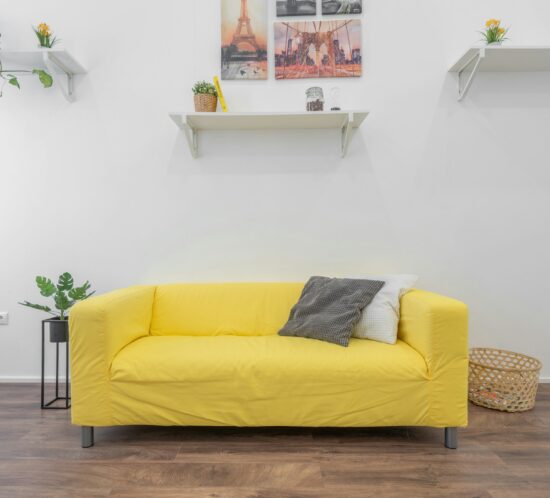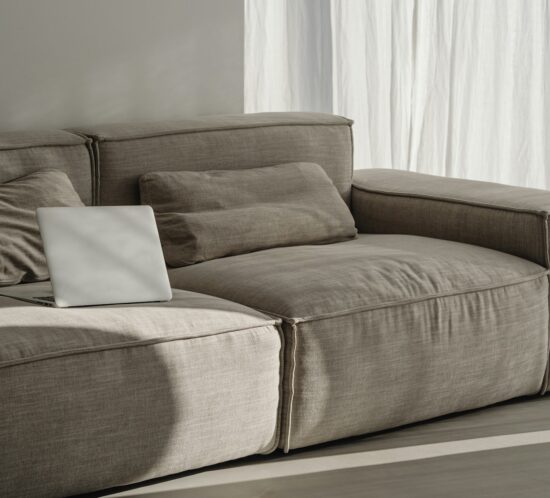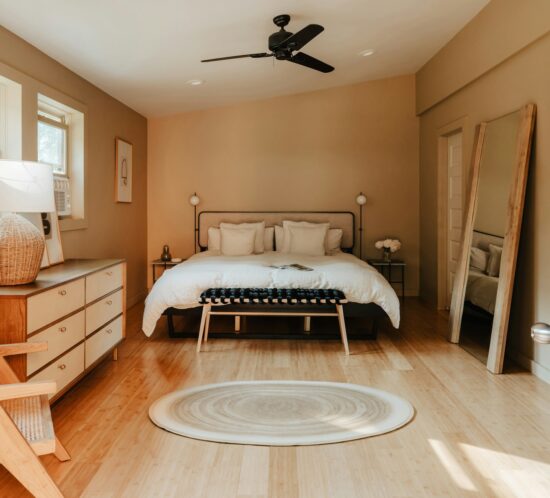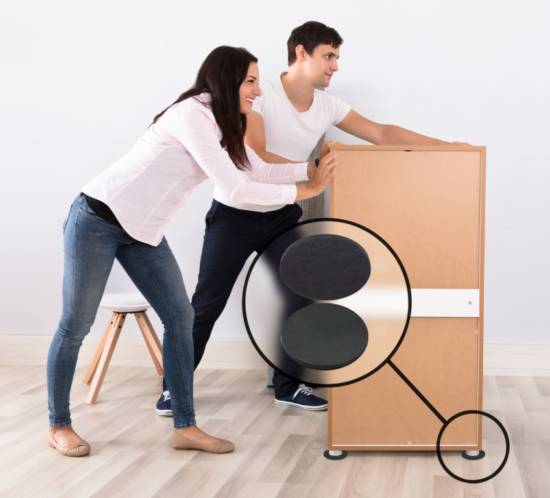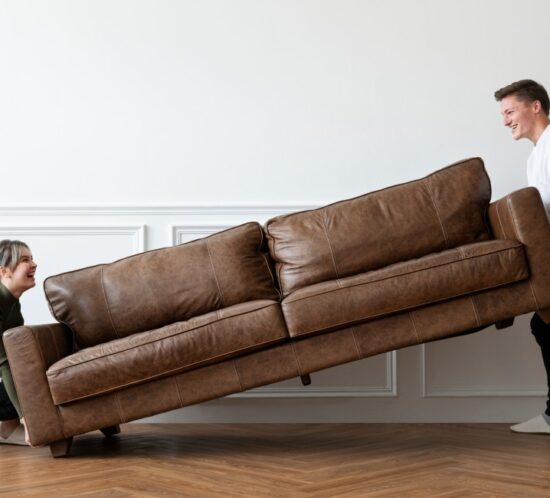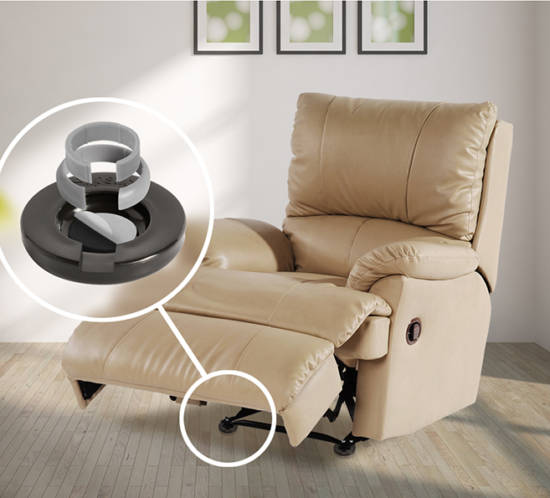Why Investing in Quality Furniture Risers is Beneficial
Have you ever wished your couch or chair sat just a little higher? Maybe you’ve tried stuffing a few magazines under the legs, only to see them slide out or tear over time. Well, that’s where furniture risers come in handy. They might sound a bit technical, but in reality, they’re an easy solution for adjusting your furniture’s height. Furniture risers are sturdy, practical, and can give your home a little extra flair or function. Whether you’re looking to create more space, protect your floors, or simply get a better view from your seat, investing in quality furniture risers can make a big difference.
When you think about it, furniture risers aren’t just pieces of plastic or wood that lift your furniture. They’re helpful tools that offer a mix of benefits. Using risers can make your home more accessible, helping those who struggle with mobility. They create more storage space beneath your furniture and ensure that your floors remain mark-free by reducing direct contact.
Benefits of Using Furniture Risers
Furniture risers might not be on everyone’s home improvement radar, but they certainly should be. Here’s why you might want to consider adding them to your furniture setup:
– Improved Accessibility: Some furniture can feel a bit too low, especially for those with mobility issues. Furniture risers can make it easier to sit and stand by elevating these items. Think of it as having the chair come to meet you halfway, reducing the strain on your knees or back.
– Extra Storage Space: By adding a few inches to your furniture’s height, risers create additional storage space underneath. This newfound space is perfect for stashing away those extra books, boxes of seasonal clothes, or even your child’s toys.
– Floor Protection: Constant contact with furniture can lead to marks, scuffs, and even little dents on your beautiful floors. By lifting furniture off the ground, risers help minimize this wear and tear. It’s an effective way to keep your floors looking pristine with less effort.
Types of Furniture Risers
When selecting furniture risers, understanding the different types available can help you pick the best fit for your needs. These handy devices come in a variety of styles, each suited to specific applications and furniture types.
– Adjustable Risers: Sometimes, versatility is key. Adjustable risers cater to this need by offering different height options within a single set. Perfect for those odd-sized pieces of furniture or if you just want the flexibility to change heights as needed.
– Heavy-Duty Risers: Got a hefty piece of furniture? Heavy-duty risers are the go-to choice. Designed to support larger and weightier items like pianos or big couches, these risers ensure stability without compromising safety.
– Decorative Risers: Aside from function, why not add a touch of style? Decorative risers don’t just lift—they elevate the aesthetic of your space. These risers blend form with function by adding a bit of character or matching the existing decor theme of your room.
How to Choose the Right Furniture Risers
Picking the perfect furniture riser can save you from potential headaches later on. Here’s a checklist to consider making a wise choice:
1. Assess Weight Requirements: Determine how much weight the risers need to support. For heavier furniture, ensure the risers are rated to handle the load to prevent any accidents.
2. Determine Desired Height: Decide on the height adjustment you need. Some people prefer just a small lift, while others might need significant elevation for specific purposes, like wheelchair accessibility.
3. Match Design and Colour: Think about the space they’ll occupy. Choose risers that blend well with your furniture’s design and colour. A unified look can make all the difference, enhancing the room’s overall appeal.
Installation and Maintenance Tips
Installing risers is a breeze if done with a bit of care and attention. Follow these simple tips to ensure a secure fit and long-lasting performance:
– Ensure Proper Fit: Before committing, double-check that the riser’s base comfortably matches the feet of your furniture. A snug fit ensures stability.
– Even Distribution: When installing, ensure the load is evenly distributed across all the risers to prevent leaning or imbalance, which could risk toppling.
– Regular Checks: Occasionally inspect the risers for any signs of wear or looseness. Making a habit of it might prevent mishaps and keep everything in prime condition.
Look Forward with Quality Furniture Risers
Investing in furniture risers can feel like a small change, but the benefits it offers are substantial. You’re looking at improved accessibility, added storage, and protected floors—all packaged in various styles to match your decor. By spending a little time picking the right ones, you’ll transform your home into a more adaptable and user-friendly environment.
So next time you’re rearranging a room or considering how to make the most of your space, consider how risers could play a part. They promise practical improvements without stealing the spotlight but can elegantly enhance your living space. With a range of options like heavy-duty, adjustable, or decorative, the choice can fit just about any requirement or style.
When you’re ready to enhance your living space with minimal effort, consider exploring the wide range of options with a quality furniture riser. At Slipstick, you’ll find just the right solution to elevate both style and function in your home. Discover the perfect balance of practicality and aesthetics to match your needs today.

